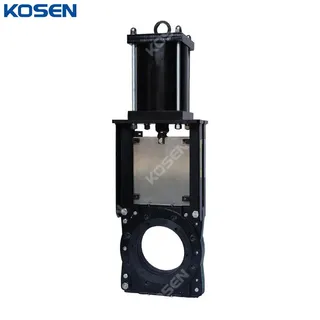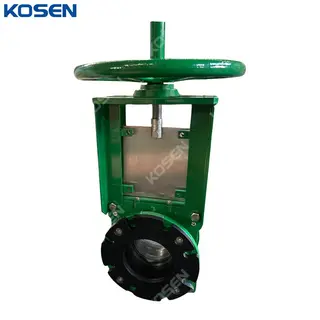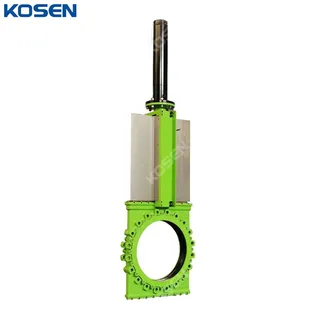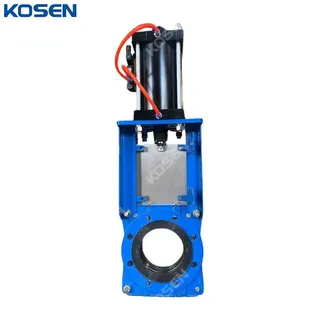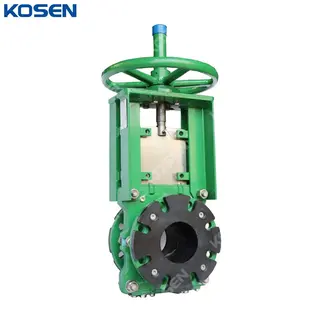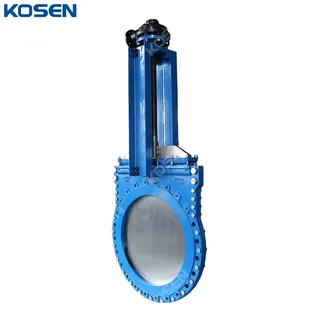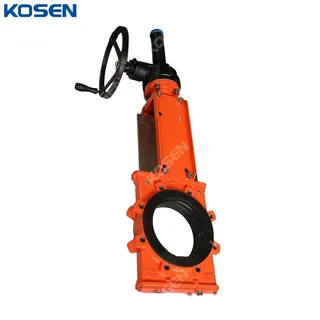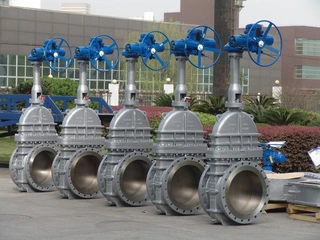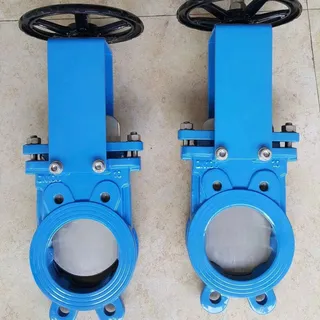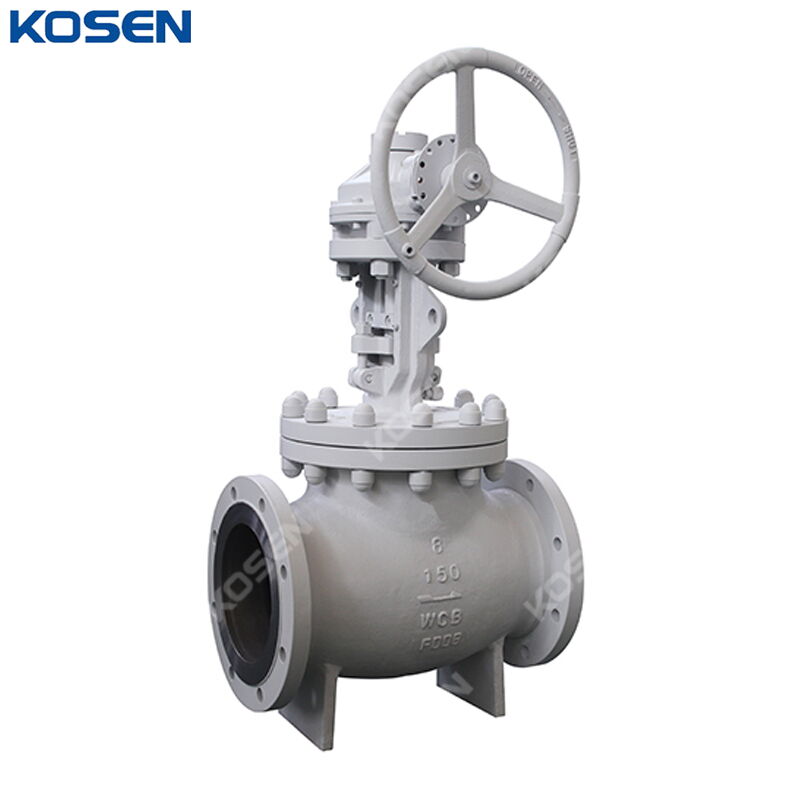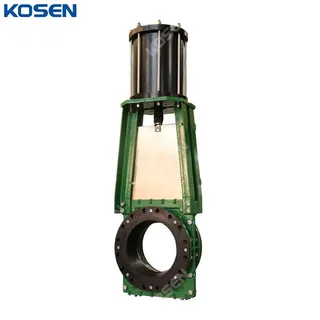Bevel Gear Knife Gate Valves, DI GGG40, 6 IN, 150 LB, Wafer

Key Specifications / Features
Detail Information
Product Name: Bevel Gear Slurry Knife Gate Valve
Body Material: Ductile Iron GGG40
Size: 6 Inch, DN150
Pressure: Class 150 LB, PN20
End Connection: Wafer
Operation: Bevel Gear
The Integral Slurry Valve is a full-bore valve designed to handle abrasive materials with enhanced durability. Its valve body is fully coated in wear-resistant polyurethane, preventing the flushing medium from coming into contact with the metal valve body and significantly extending its lifespan. The full-diameter flow channel aligns seamlessly with the pipeline's inner diameter, reducing turbulence and minimizing erosion of the valve. When fully opened, the valve plate lifts into the valve chamber, avoiding direct contact with the medium, further prolonging the disc's service life.
Technical Specifications
» Nominal Diameter: NPS 2–24 Inch DN50–DN600)
» Design Pressure: PN10, PN16, Class 150 LB
» Working Pressure: 10.3 bar (150 PSI)
» Operating Pressure: 6.2 bar (90 PSI)
» Body Material: GGG40, ASTM A351 CF8, CF8M, Special Alloys, etc.
» Seat Material: EPDM (120°C), NBR (80°C)
» Flange Standard: GB/T 9113.1, JB/T 79.1, HG 20592, ASME B16.5, EN 1092-1
» Face-to-Face: MSS SP-81
» Operation: Manual, Pneumatic, Electric, Hydraulic
» Temperature Range: -29°C to 120°C
Product Features
» Self-Cleaning Disc – Equipped with an internal valve plate scraper within the sleeve, the valve autonomously cleans the surface of the valve plate as it moves, preventing clumping and reducing switch torque or blockage.
» Integrated Elastomeric Filler – The sealing filler, made from wear-resistant, high-rebound rubber, is molded for a tight seal with the stuffing box and polyurethane valve liner, ensuring superior sealing, an extended lifespan, and easy replacement.
» Self-Flushing Valve Seat – The self-flushing valve seat design prevents sediment build-up at the bottom of the slurry, ensuring 100% zero leakage whenever the valve is closed.
» Easy Seat Replacement – The removable valve seat and upper sealing structure allow for quick on-site replacement of worn components, restoring the product to its original service life. The cost of replacement is only 15-20% of the total valve cost, making maintenance cost-effective.

